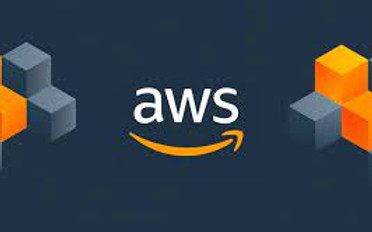Cloud Platforms




Cloud solutions are transforming the way businesses operate by providing scalable, flexible, and cost-effective IT resources. By adopting cloud technologies, organizations can drive innovation, enhance collaboration, and improve efficiency. As the cloud landscape continues to evolve, staying informed about emerging trends and best practices will be essential for maximizing the benefits of cloud computing. Whether through public, private, hybrid, or multi-cloud deployments, cloud solutions offer the tools and capabilities needed to thrive in the digital age.
Types of Cloud Solution
01
Infrastructure as a Service (IaaS)
IaaS provides virtualized computing resources over the internet. It allows businesses to rent infrastructure—such as servers, storage, and networking—on a pay-as-you-go basis. Examples include Amazon Web Services (AWS), Microsoft Azure, and Google Cloud Platform (GCP).
03
Software as a Service (SaaS)
SaaS delivers software applications over the internet on a subscription basis. Users can access these applications via a web browser without worrying about installation, maintenance, or hardware requirements. Examples include Salesforce, Microsoft Office 365, and Google Workspace.
02
Platform as a Service (PaaS)
PaaS offers a platform allowing customers to develop, run, and manage applications without dealing with the underlying infrastructure. It simplifies the development process by providing pre-configured environments. Examples include Microsoft Azure PaaS, Google App Engine, and AWS Elastic Beanstalk.
04
Function as a Service (FaaS)
Also known as serverless computing, FaaS allows developers to execute code in response to events without provisioning or managing servers. This model is highly scalable and cost-efficient. Examples include AWS Lambda, Azure Functions, and Google Cloud Functions.
Cloud Deployment Models
01
Public Cloud
In the public cloud model, services are delivered over the public internet and shared across multiple customers (or tenants). Public cloud solutions are cost-effective and scalable, making them ideal for businesses of all sizes. Examples include AWS, Azure, Oracle and GCP.
03
Hybrid Cloud
Hybrid cloud combines public and private cloud environments, allowing organizations to leverage the benefits of both. It enables data and applications to be shared between clouds, offering flexibility and optimized workload management.
02
Private Cloud
A private cloud is a cloud environment dedicated to a single organization. It offers greater control, security, and customization, making it suitable for industries with strict regulatory requirements. Private clouds can be hosted on-premises or by a third-party provider.
04
Multi-Cloud
Multi-cloud refers to the use of multiple cloud services from different providers to avoid vendor lock-in and optimize performance, cost, and redundancy. Organizations can choose the best services for specific workloads or geographic requirements.
Future Trends in Cloud Solutions
01
Edge Computing
Edge Computing: As the demand for low-latency processing grows, edge computing, which involves processing data closer to the source (e.g., IoT devices), will become more prevalent. Cloud providers are expanding their edge services to meet this need.
03
Serverless Architecture
Serverless computing will gain popularity as organizations seek to reduce operational overhead and focus on developing applications without worrying about infrastructure management.
02
AI and ML
Cloud providers will continue to enhance their AI and machine learning offerings, enabling businesses to leverage these technologies for automation, predictive analytics, and decision-making.
04
Sustainability & Green
Environmental sustainability will become a key consideration in cloud adoption. Providers are investing in renewable energy and efficient data centers to reduce the carbon footprint of cloud services.